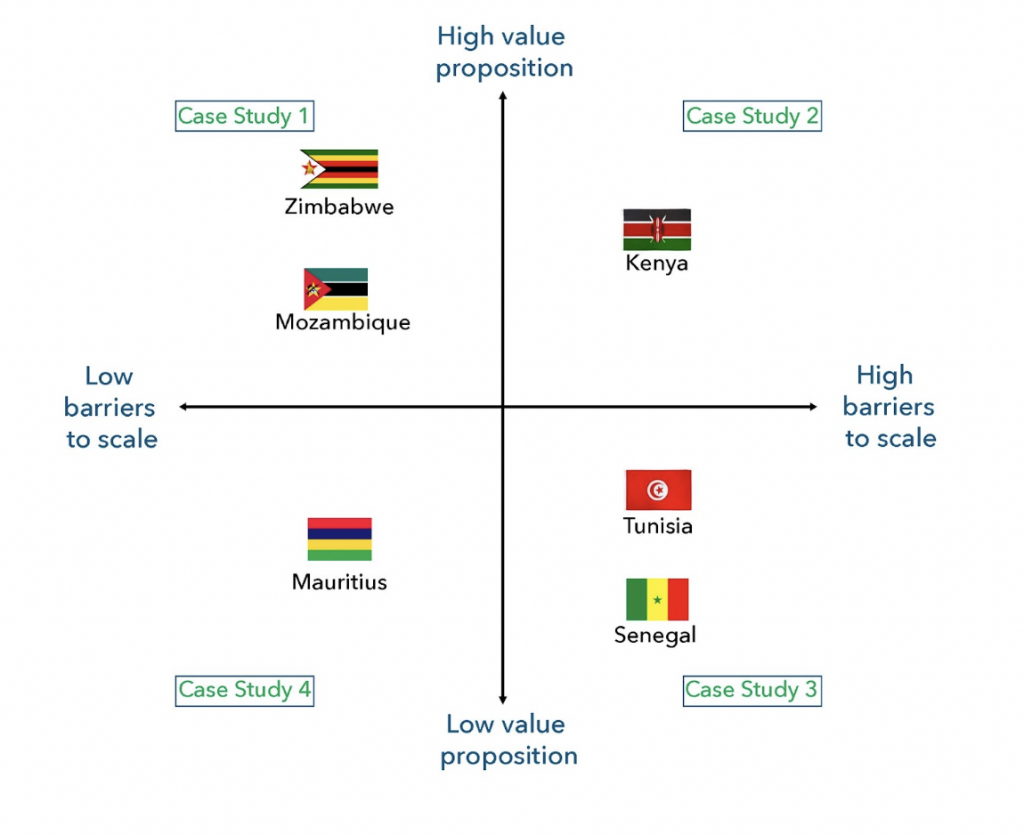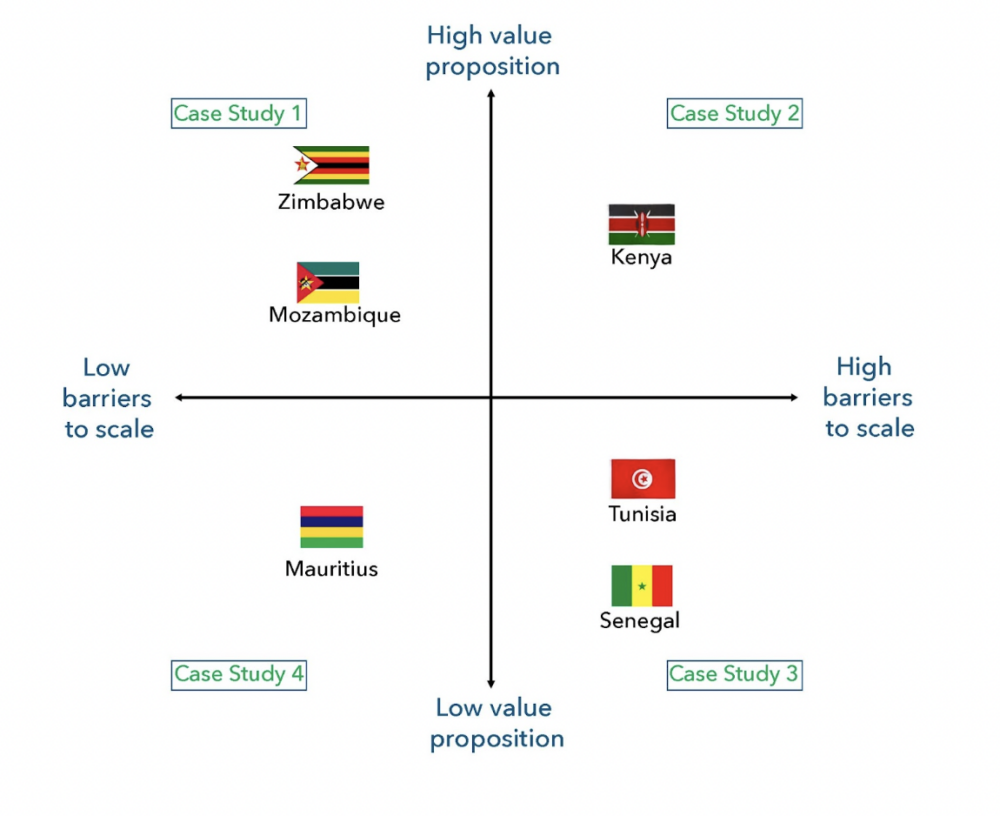Since transportation accounts for 24% of direct CO2 emissions, the road to Net Zero depends on a rapid transition from internal combustion engine (ICE) vehicles to electric vehicles (EVs). The world needs to deploy at least 200 million EVs by 2030 to stay on track for IEA’s Sustainable Development Scenario. But the 10 million EVs that exist today are predominantly in industrialized countries like China, Norway, Sweden, Germany, and the United States.
In emerging economies like those in Africa, the transition to EVs will be far less straightforward and will look different from rich country transitions. Developing sustainable, inclusive, accessible and low-carbon mobility pathways for African countries involves many dimensions, and a harder look at EVs in relation to the continent’s power sector and climate goals.
Four Relationships Driving the African EV Transition
- Not Every EV Earns the Same Climate ‘Bang For The Buck’ – The contribution of EVs to decarbonization is more complicated than just swapping them in for existing ICE vehicles, because their ultimate carbon footprint is determined by the source of their electricity and how they are manufactured. Determining where investments are most needed, and most effective, requires comparing the carbon footprint of the grid to the per capita GHG emissions of existing transport.
- Bad Air, Getting Worse – Decarbonizing emissions isn’t the only advantage of switching to EVs. Road transportation contributes to air pollution in urban areas, and particulate air pollution is estimated to kill over four million people every year. Combining urban air quality data with growth in motorization highlights areas where EVs can contribute most urgently to improving public health.
- Whose Grids are Underpowered? – EVs require a robust power system in order to be operated affordably and effectively by large segments of the population. Every country in Africa is significantly underpowered for this transition, but some are at a lesser deficit than others.
- Cheaper to Recharge or Refuel? – The last key dynamic is the retail prices of gasoline vs power, as in many African countries affordability of electricity is low, while fuels are often subsidized and cheap due to local production and politics. Affordability is a major barrier in developing regions.

These factors mean each country has significantly different barriers to scaling the transition to EVs, and may have different value propositions for resources in the transition. Four case studies demonstrate how the EV transition make vary across countries:
- High value proposition, low barriers to scale – Zimbabwe, Mozambique – High climate and public health incentives to accelerate EV adoption owing to their significant renewable generation and poor urban air quality. Low grid investment requirements and cost-competitive power prices.
- High value proposition, high barriers to scale – Kenya – Low grid emissions and high transportation emissions, along with poor urban air quality. But significant additional grid investment would be required to achieve this.
- Low value proposition, high barriers to scale – Tunisia, Senegal – Low transportation emissions and urban air pollution, along with high emissions grids, mean an immediate EV rollout is unlikely to be a high priority.
- Low value proposition, low barriers to scale – Mauritius – Relatively good air quality and relatively low emissions from the transport sector means there is low leverage to drive an EV transition now. Although EVs could be cost-competitive already, with high grid emissions, Mauritius is more likely to invest in grid decarbonization in the short term.
Read the full report (10 pages) here.



